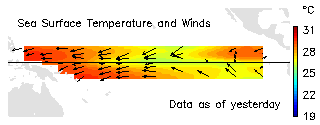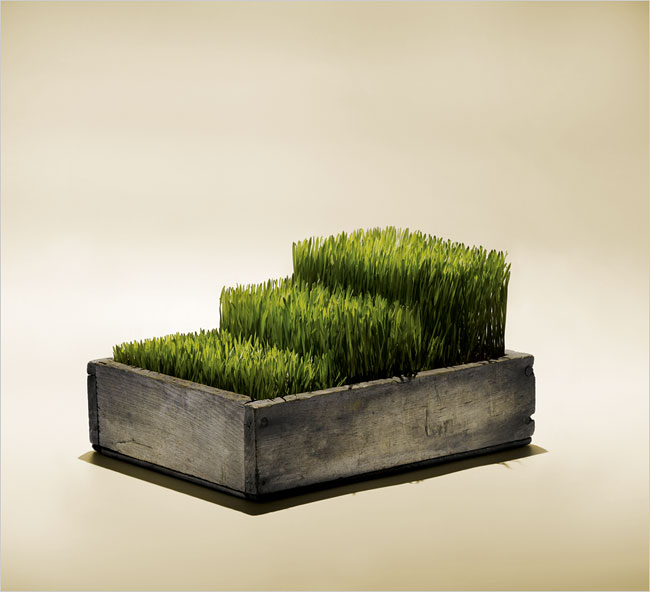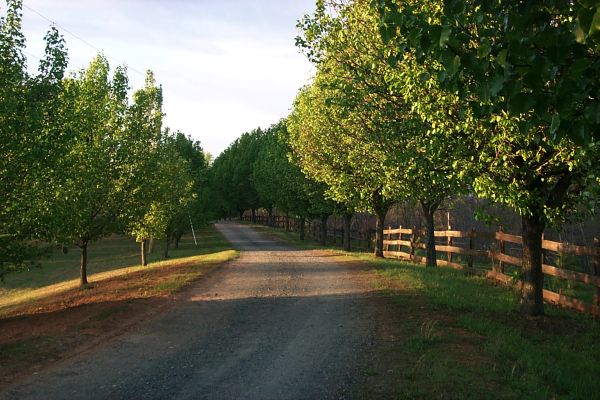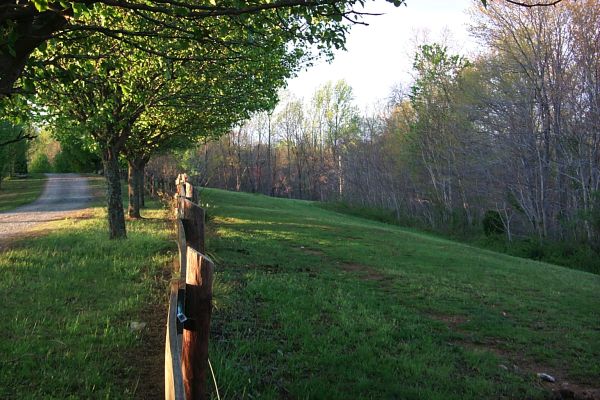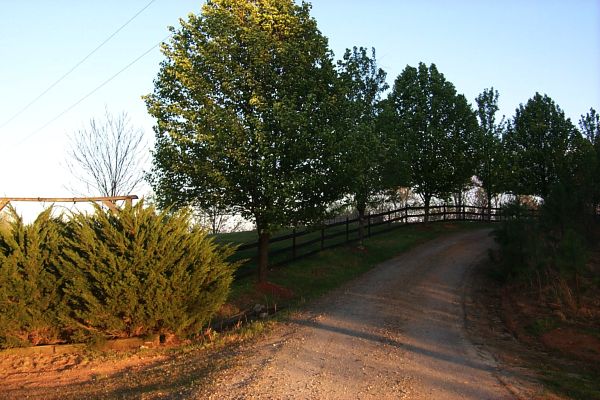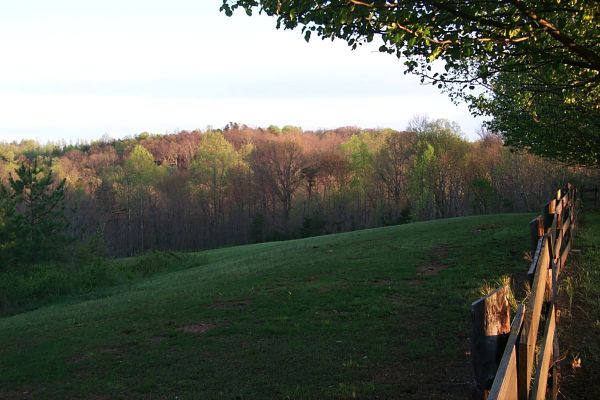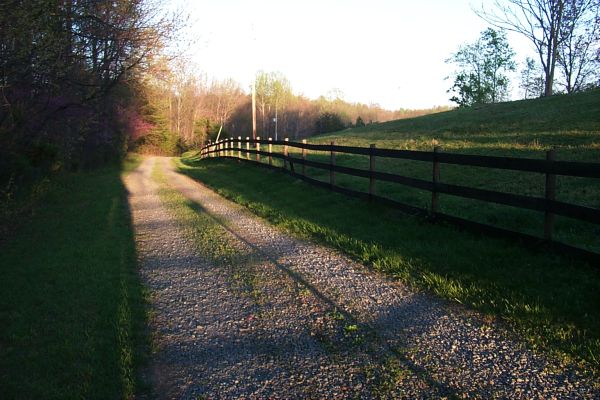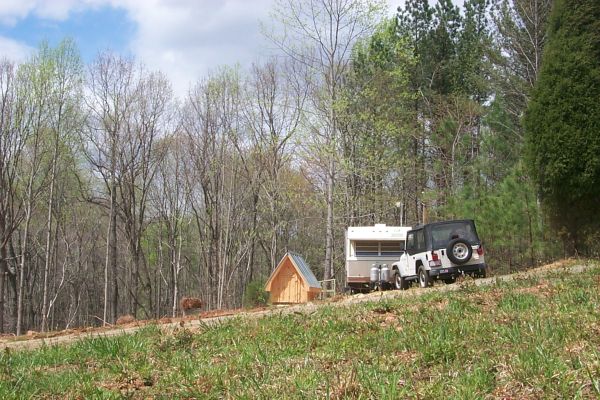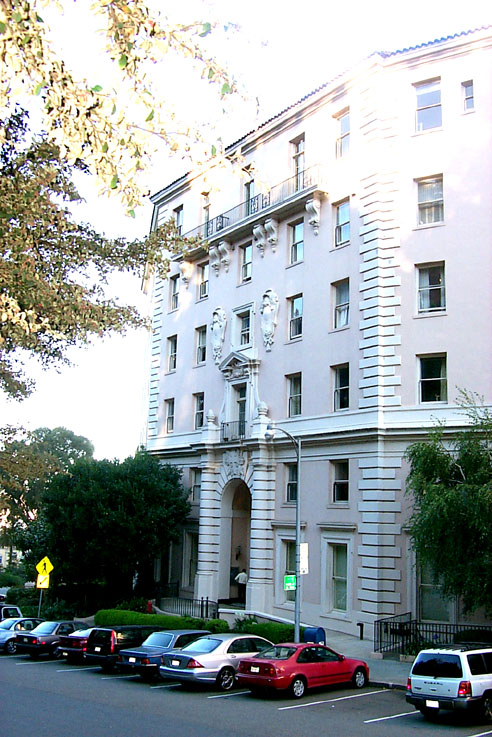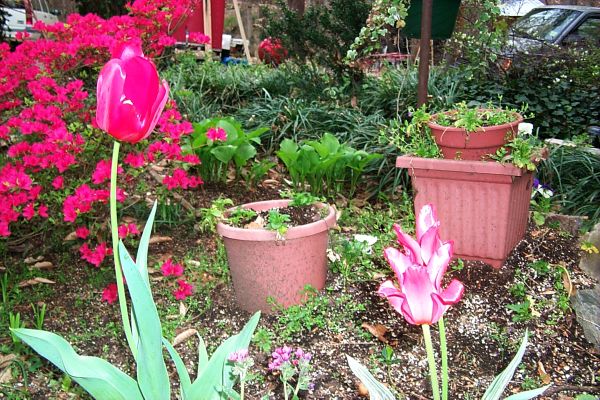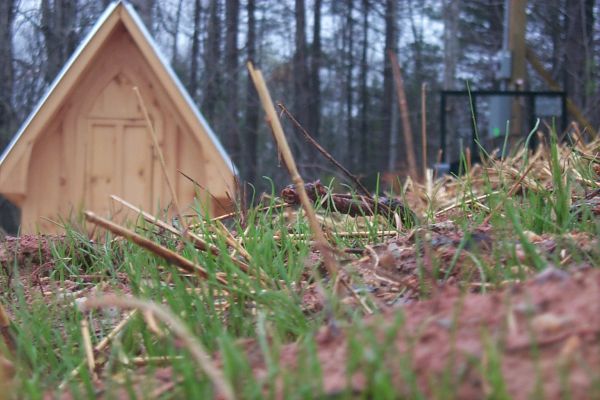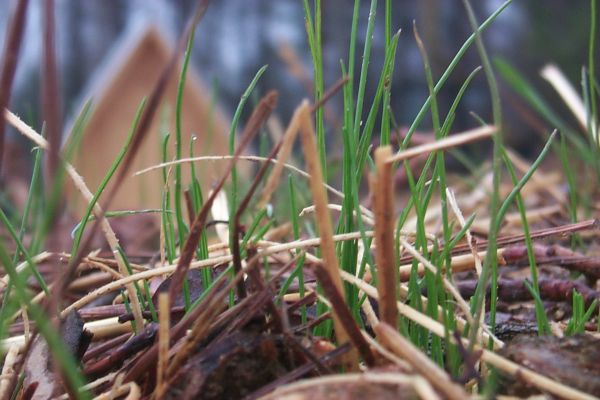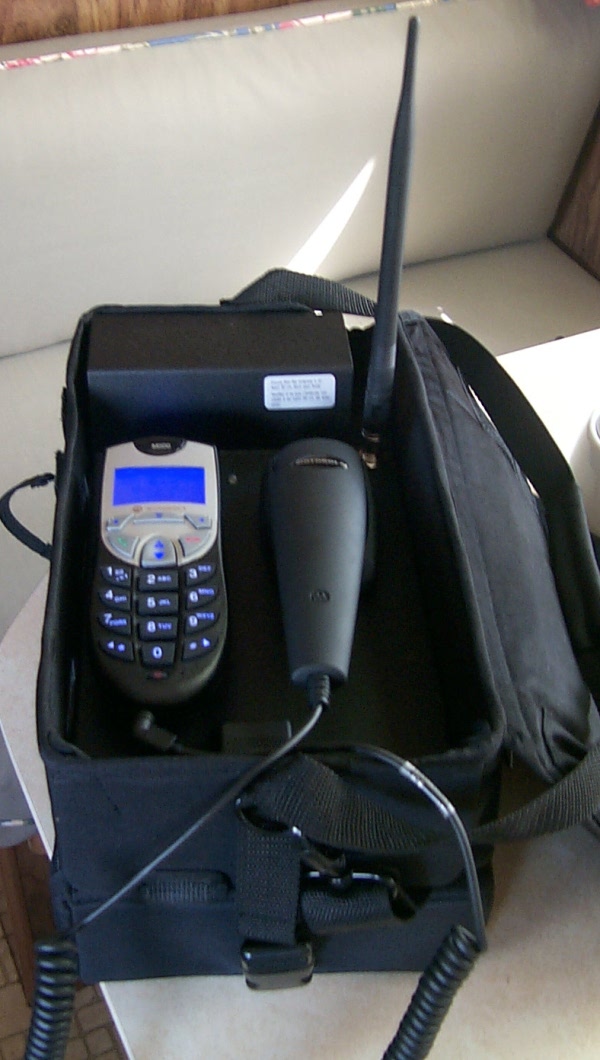
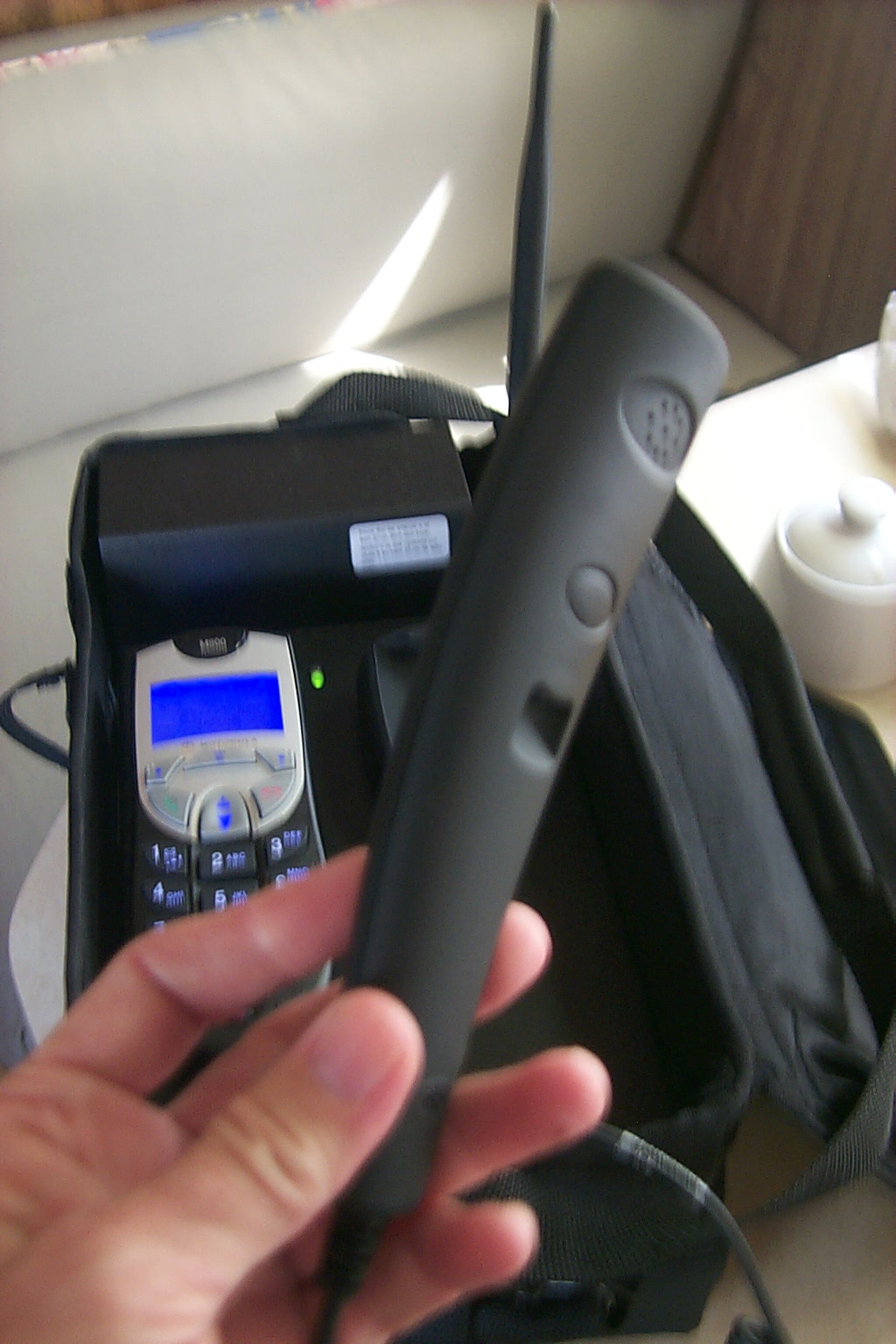
Once upon a time, cell phones were great telephones. Back in the mid-1990s, when I worked for the San Francisco Examiner, the Examiner had a fantastic collection of analog cell phones that are now considered obsolete. Money was no object to the Examiner — reporters and photographers in the field had to be able to communicate with the mother ship no matter what the cost. My favorite phones were the old analog bag phones. These phones put out a three-watt signal and supported audio quality that was as good as a regular telephone.
Then the digital revolution completely changed cell phones. Digital is supposed to make everything better, right? In the case of cell phones, that is most decidedly not true. The old analog phones have now been almost completely phased out, and most cellular companies won’t let you use them anymore. The digital phones did bring prices down, by allowing the cell phone companies to push more calls through the same towers and radio bandwidth, but the toll on voice quality was tremendous.
Why cell phone calls make us tired
This is because the sound of the human voice on cell phones is now digitally “compressed” to the thinnest possible data stream. This is a “lossy” compression. As much voice information is thrown away as the cell phone companies think they can get away with. Cell phone signals are way more compressed than what you get in, say, MP3 music compression. One of the reasons talking on a cell phone requires so much concentration (making cell phones even more distracting for drivers) is that, whether you realize it or not, your brain must work very hard during a cell phone call to try to fill in the missing information as best it can to parse the words. This is why many of us find cell phone calls very tiring. Another digital artifact that makes cell phone calls annoying is that there is delay. Your voice no longer travels at the speed of light as it did during analog days. Instead your voice travels at the speed of the cell phone companies’ equipment — computers, basically, and we know how fast computers sometimes are. That delay distorts conversational cues. It’s easy for both people to start talking at once, and it takes a fraction of a second to realize that you’re both talking at once. Thus cell phone calls are filled with little verbal dosados.
Motorola rules!
Motorola still makes a bag phone, and yes it’s digital. Only Motorola engineers (how I admire them!) could make such a nerdy telephone. It weighs 10 pounds. Cell phone companies don’t want devices firing three watts into their systems anymore, but you can add a three-watt amplifier to this phone if you need it. Otherwise its transmitter is rated at .6 watt, or 600 milliwatts.
Just how much power any digital cell phone puts out at any given time is a complicated matter. Not only that, but there are many good reasons for keeping the power down. It extends battery life, it reduces interference on congested cellular bands, and it reduces RF exposure from that tiny internal antenna that’s just inches from your eyes. But transmitter output power isn’t all that matters. Receiver sensitivity also is a big factor. Before a cell phone can be a good phone, it must first be a good radio transmitter and receiver. Those Motorola engineers excel at that. The antenna on the Motorola M800 bag phone has a sticker near the antenna warning you, in both English and French, to keep 20 centimeters (8 inches) away from the antenna. And, as every ham radio operator knows, the quality of the antenna is at least as important as the quality of the receiver and transmitter. Most cell phones have extremely sorry antennas. Using a coaxial cable, you can attach any kind of antenna you want to this phone, for example a directional Yagi antenna like the one I use for my EVDO Internet setup.
In any case, those people who’ve been annoyed that I’ve been hard to reach while I’ve been working on my communications systems out here in the sticks may be happy to know that I now have powerful cell phone with outstanding audio quality. But if you’d like to chat, please call on weekends, because, even though I splurged on a heavy-duty phone, I’m not spending a bundle on the Alltel service plan I signed up for.

